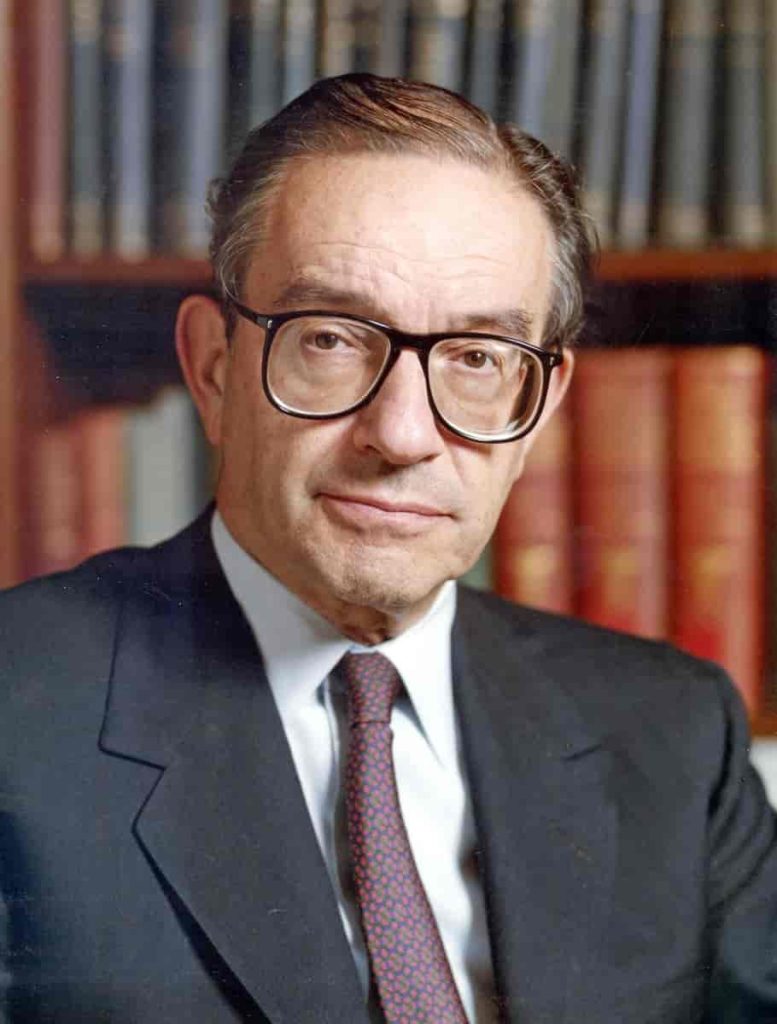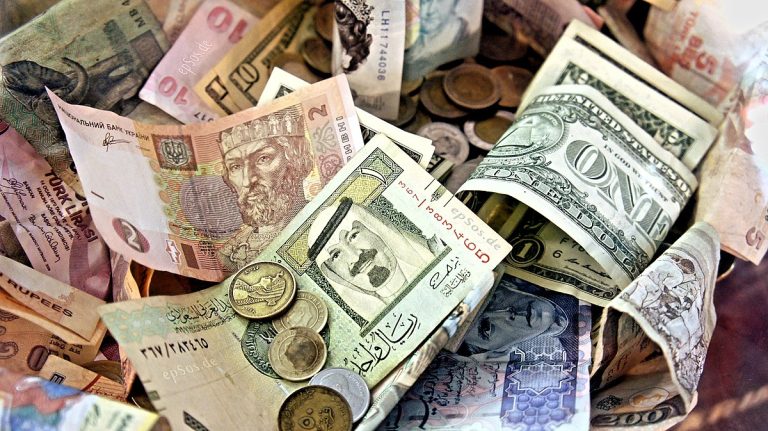This article will explain the mechanism through which central banks create currency. Previously, we discussed why a central bank was created and the idea of fractional reserve banking. In 1694, after years of war and exhaustion, the English government needed financial support for its political endeavors. To address this, Scottish banker William Paterson came up with an idea for a privately owned bank that could create money for the government. This marked the birth of the world’s first modern central banking system.

Central banking has a greater impact on society than laws, governments, and politicians, yet it is often overlooked by the general public. In the early 1900s, the American people had a clear understanding of central banks and their workings. Wherever a central bank existed, there would be a noticeable wealth gap and unpredictable shifts between economic successes and failures, and after each crisis, the wealthiest individuals seemed to grow richer while the majority suffered. Due to these observations, the people were opposed to having a central bank.
How central banks create currency
1. Physical Money
Creating physical currency is the responsibility of the central bank. This currency can be in the form of either paper money or coins. They represent a small portion of the overall economy, typically around 3 to 8 percent. The purpose of producing physical currency is to ensure that private banks have enough cash to meet their customers’ withdrawal needs. For example, when you go to an ATM to withdraw $10, the bank needs to have enough cash available. The cost of printing a $10 note is approximately 4.8 cents. The central bank sells it to commercial banks at its face value of $10. The government profits from this process. This profit is known as seigniorage, which is the difference between the cost of printing the note and its selling price. In this case, it would be around $9.52.
Seigniorage is advantageous for both the government and taxpayers. All the profit generated from creating physical currency goes to the Treasury and serves as a means of fundraising for the government. It helps decrease government debt and lessens the financial burden for individual taxpayers. It is used to decrease the amount of tax imposed on the public. Commercial banks are responsible for creating the remaining 92 to 97 percent of the currency. The government does not benefit financially from this process.
Why don’t governments simply print more physical currency all the time? Governments refrain from doing so because increasing the money supply risks inflation. This could potentially lead to the currency losing its value as it would be printed excessively.
2. Government bonds
Money, gold, and silver are mined and refined. Currency is printed and minted. A central bank is responsible for managing a country’s currency supply and can lend money to the government with interest. When the government requires more money than it receives from taxes, it requests money from the Treasury. The government provides a bond to the Treasury. The Treasury then conducts a bond auction through the central bank. The majority of these bonds are bought by private banks, fund managers, and others with big money. Foreign central banks, pension funds, and even individuals can also buy these government loans because they are considered low-risk investments. They purchase a portion of our national debt intending to earn interest and make a profit. The banks and other buyers use currency to purchase these bonds. They essentially lend money to the government. Now, the government has money to spend.
What is a bond?
A bond is basically a fancy way of saying, “I owe you.” It’s a nice-looking piece of paper with numbers on it that says, “Lend me a billion dollars now, and I promise to pay you back that billion dollars plus some extra money called interest over the next 10 years.” Treasury bonds represent our country’s debt. These fancy IOUs have to be paid back by you, me, and future generations through taxes in the years to come. So, when the government issues a bond, it’s essentially taking away future prosperity to spend money right now.
Upon the maturation of these bills and bonds, the government repurchases the bonds through the central bank. The central bank issues a check for the value of the bond and gives it to the banks. Wait a minute! Where does the central bank acquire the currency to issue this check? Well, they don’t obtain it from anywhere! They essentially create it out of thin air. They just invented it. During this transaction at the banks, currency is created. A new currency was created out of thin air.
What exactly is a check?
It is essentially an I.O.U. In simpler terms, when you write a check, you are essentially creating a written note that states, “I owe you this amount of money, and all you need to do is go to the bank to collect it.”
Therefore, what is actually occurring is that the central bank and the Treasury are exchanging promises to pay, utilizing the banks as intermediaries. Suddenly, like magic, currency is created out of thin air. This cycle happens repeatedly, benefiting the banks and burdening the public by increasing the national debt. As a consequence, bonds accumulate at the central bank while currency accumulates at the Treasury.
In simple terms, central banks can create money out of thin air by using a few clicks of a computer keyboard. By doing so, the government’s Treasury receives an additional trillion units of currency that they can use for spending. This is how that money is generated.
This money created by the central bank can be used as real money to purchase things and eventually enter the real economy. If regular people did the same thing, they would be committing fraud and going to jail. But the central bank can do it because they came up with the system. This system is used all over the world today.
What is money?
Money should serve as a store of value and maintain its purchasing power over time, akin to gold or silver. Paper currency is used to represent real money backed by gold and silver held by the Treasury. There was a time when you could go to any bank and exchange your paper currency, for example, a twenty-dollar bill, and receive real money in return, like a twenty-dollar gold coin. Currently, physical currency is just a piece of paper or a written promise to pay someone later. It’s only a bunch of numbers. Then, the government puts this new currency into different branches of the government. After that, the government spends this money on things like building projects, social programs, and wars. The people who work for the government, contractors, and soldiers then put their salaries into the banks.
It might surprise you, but when you deposit your money in the bank, you’re essentially lending your money to the bank. They can use it however they want, within certain rules. This can include investing in the stock market, giving out loans, and making a profit through fractional reserve lending.
People’s views of central banking
Many years ago, individuals had a good understanding of central banks and their functions. Here are a couple of instances.
In 1881, the President of the United States at that time, James Garfield, stated: “Whoever controls the volume of money in any country is the absolute master of all industry and commerce, and when you realize that the entire system is very easily controlled, one way or another, by a few powerful men at the top, you will not have to be told how periods of inflation and depression originate.”
Benjamin Franklin, in his autobiography, explained that the main cause of the American War of Independence was the fight over who had the power to control and create money in the new colonies.
In more recent times, Nobel prize-winning economist Milton Friedman claimed that “the central bank definitely caused the Great Depression by contracting the amount of currency in circulation by one-third from 1929 to 1933.”
Controlling money
Currency is controlled by both the central bank and commercial banks. They do this by adjusting their supply and how much it costs to borrow money, which is called the interest rate. Using these methods, central banks can cause disruptions like booms and busts in the economy whenever they want. Adjusting interest rates can impact borrowing behavior and asset prices.
In the year 2000, Alan Greenspan, who was the head of the central bank, lowered interest rates to 1%. He did this to combat the economic downturn caused by the dot-com bubble and to encourage people to take out loans. This low-interest rate was a pretty good deal because it hadn’t been that low since the 1950s. Greenspan planned to create a “wealth effect” where people would feel richer and spend more by buying houses, driving up prices. It worked in a way, as people did borrow money to buy houses, but they borrowed too much, and this led to the housing bubble in 2008. This is a clear example of the negative consequences that can occur when central banks meddle with the economy. It is important to acknowledge that corrupt bankers also played a significant role in the 2008 crisis.

In Japan, some wild things occurred. The country’s central bank was purchasing a huge amount of stock, to the extent that it became the top buyer of Japanese stocks in 2016. As a result, they now partially own companies using money that they essentially conjured out of thin air.
Conclusion
It is crucial to grasp the fundamental mechanism of central bank’s money-creation process in order to comprehend the complex web of financial systems that shape society through money. The process of creating money involves a delicate balance between the central bank, commercial banks, and the government. The government can introduce currency into circulation by methods such as printing currency or bond issuance. Both methods may have repercussions on public expenditure and the economy in general. While central banks injecting money into the system is crucial for economic stability, this activity also creates risk factors like inflation and the increase of government debt. Discussing the mechanics of money creation allows us to grasp in which way central banks manage and influence the financial system and how it affects us. In the upcoming article, we will explore the process of how commercial banks generate money.


